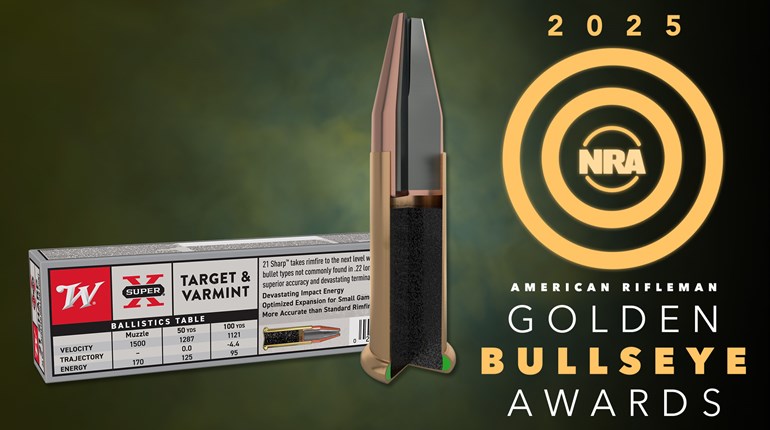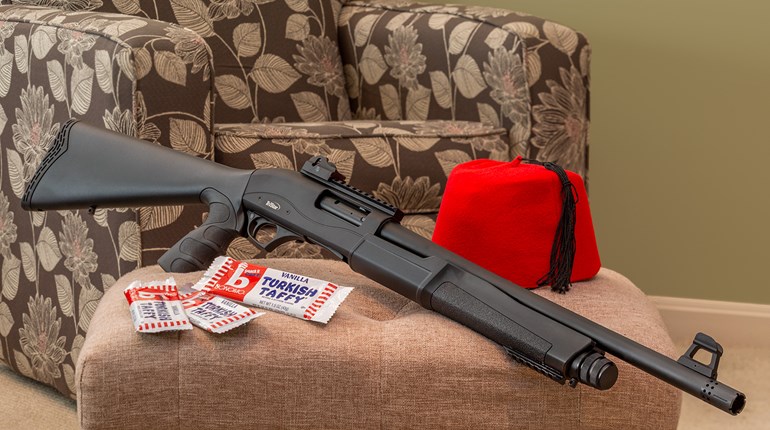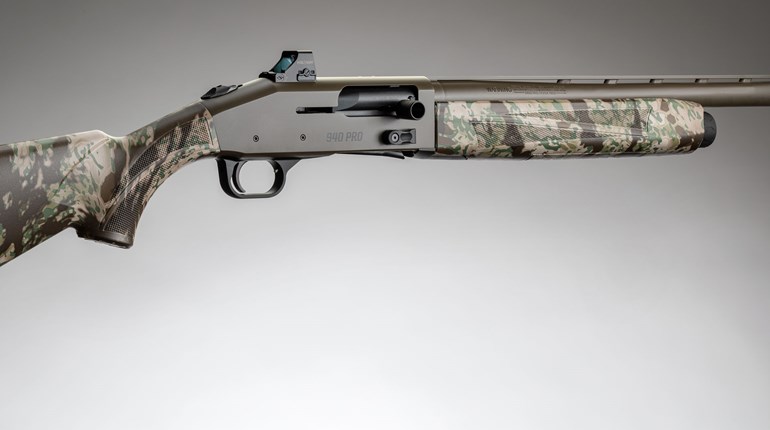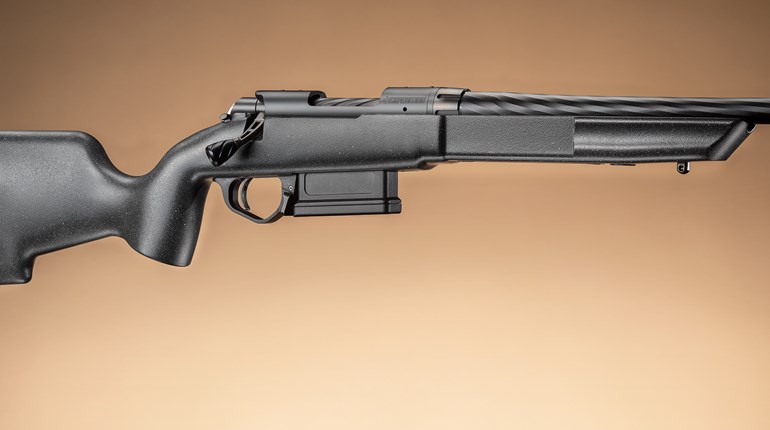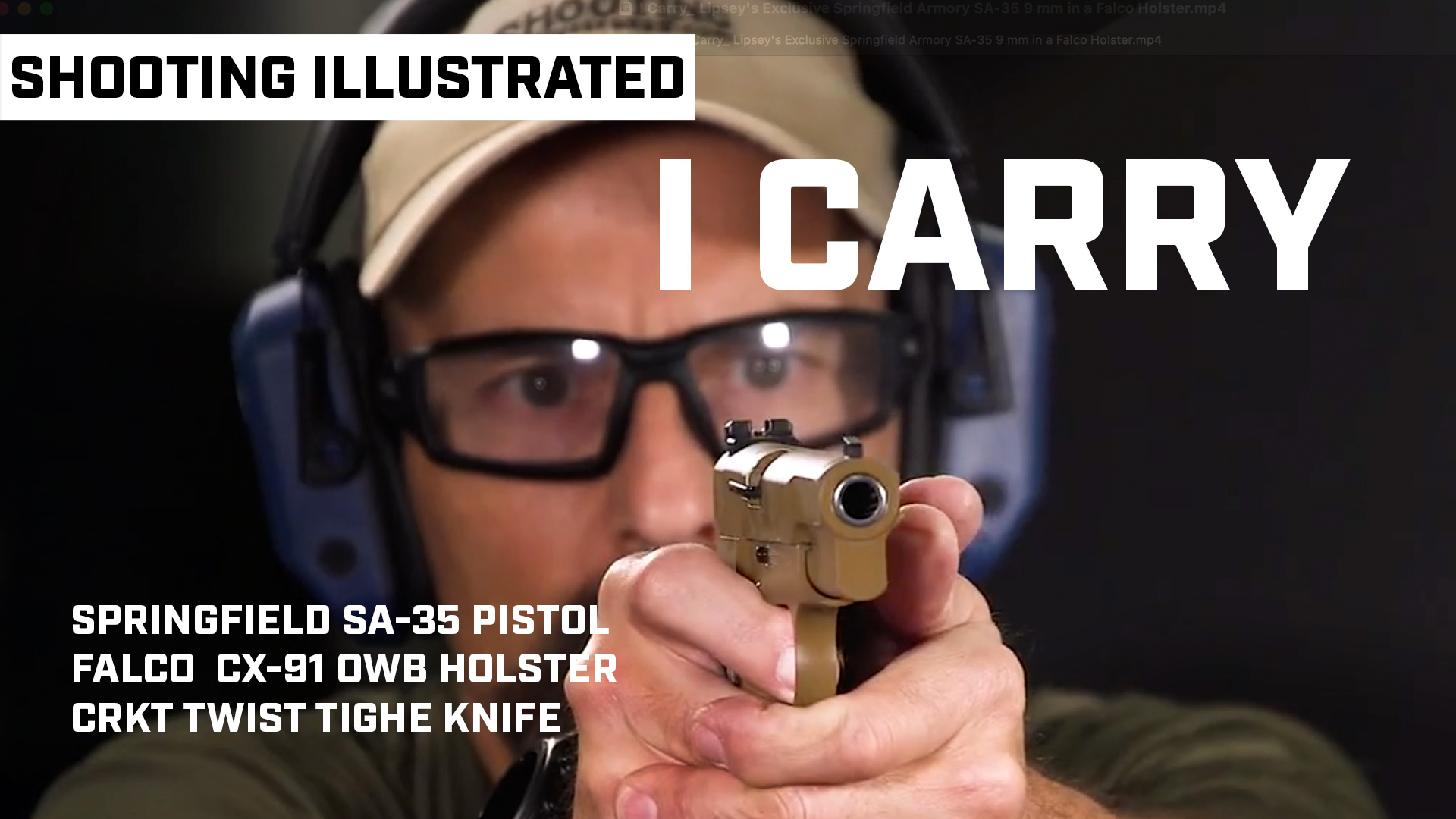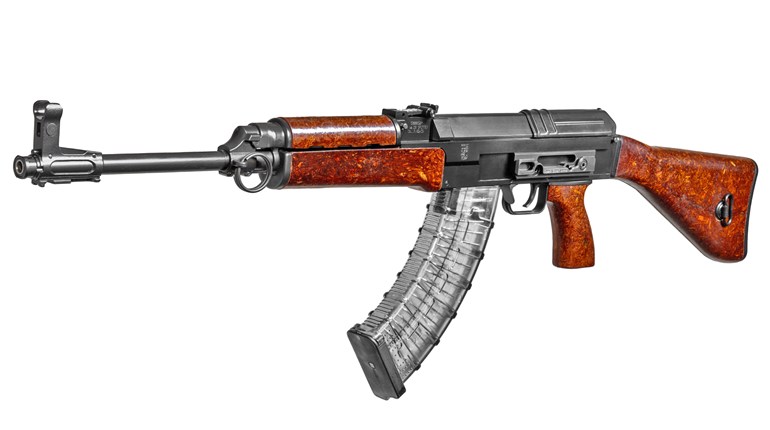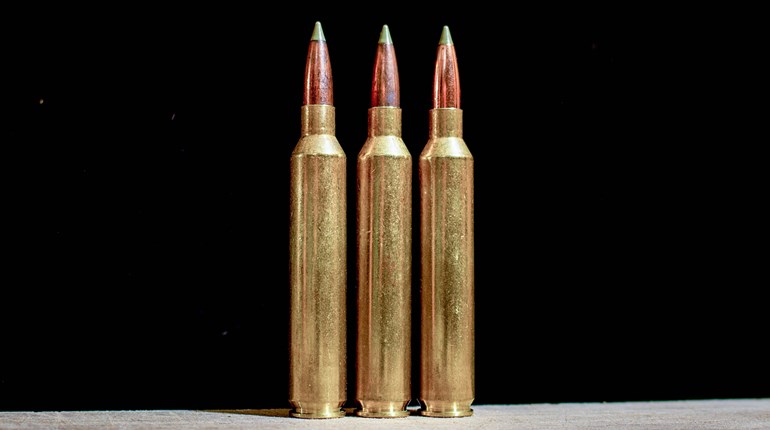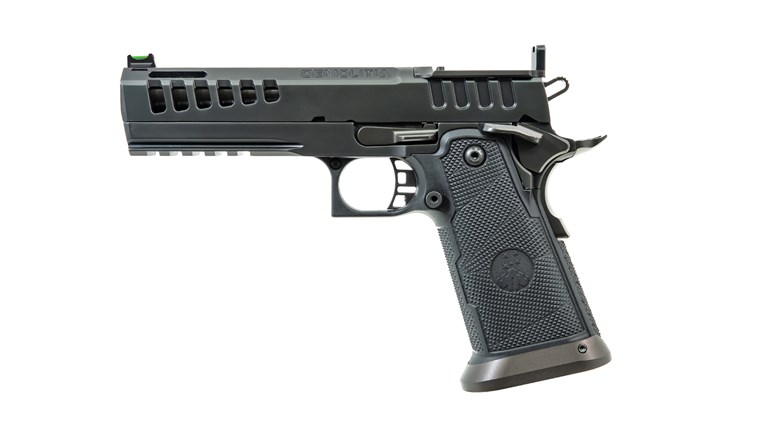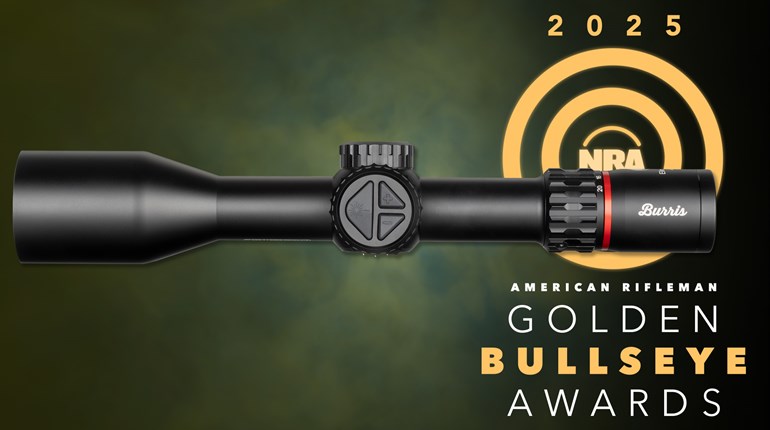
Field shotguns are often fitted to the individual shooter, but more tactically oriented variants rarely are, making it even more crucial to check cheek fit on your home-defense shotgun.
There’s a reason shotgun buttstocks have historically been patterned to fit the shooter’s cheek and shoulder just right. Indeed, English gunmakers designed them so that when the cheek is pressed tightly upon the top of the buttstock, or the comb, the head is level and the dominant eye is aligned precisely along the barrel. This way recoil is mitigated and the head is erect so both eyes can send maximum data to the brain so the shooter can intuitively hit what is pointed at. However, the current trend of placing tactical, AR-15-style buttstocks and red-dot optics on defensive shotguns has undone centuries of proper shotgun fit and has placed the shooter of such a rig at a disadvantage. Here’s why a solid cheek weld is paramount for defensive shotgunning and how to obtain one despite your gun’s stock design or the sight system chosen.
…The current trend of placing tactical, AR-15-style buttstocks and red-dot optics on defensive shotguns has undone centuries of proper shotgun fit and has placed the shooter of such a rig at a disadvantage.
Back in the day it was simple: You bought a Remington 870, Winchester Model 12, Browning A5 or any one of the dozens of others and your face would fit near-perfectly on the stock’s comb so when your cheek was mashed down snugly on it, your eye would be aligned with the brass bead atop the gun’s barrel. This tight cheek weld lends several critical advantages to shotgun shooters of all varieties.
1. First, it ensures no space comes between the comb and the shooter’s cheek. This is important when you consider the tremendous recoil generated by an average shotgun firing a buckshot load. Consider that from a 7-pound shotgun, a standard 2¾ load of 00 buck produces roughly
25 ft.-lbs. of recoil—about the same as a .300 Win. Mag. rifle. This is enough to pound the daylights out of you, especially if you give it some momentum. Just think about taking a punch to the chin. Would you rather have a guy put his fist tightly on your cheek and try to punch or punch with his fist starting a few inches from your face? Certainly, the former results in a shove, not a punch, and is less painful. It’s the same thing with shotguns, and so it’s hugely desirable to shoot with a great cheek weld that mitigates felt recoil, something that promotes superior control of the gun and faster, more accurate shots downrange.
2. A good cheek weld aligns your eye along the barrel, so the shotgun’s pattern goes wherever you look. This intuitive system is why shotguns are effective for wingshooting. Bird hunters never focus on the bead, but rather the target, knowing that when they pull the trigger the pattern will hit there. While defensive shotgunners are often instructed to aim rather than point, aiming is also much easier if the eye is naturally aligned with the sights or bead. With mastery and a perfect cheek weld, you’ll find you don’t have to aim. Just ask any avid 3-gun shooter.
3. Sights such as ghost rings and particularly the red dot of an electro-optic can be utilized much more efficiently if the cheek forms a consistent point of reference from which your eye can easily find its mark. (Think of the cheek weld as a rear sight for shotguns.) If, on the other hand, the stock is designed so the cheek necessarily floats above the comb in order to align the sight with the target, the resulting sight picture must be searched for and found each time the shotgun is shouldered. As a result, initial shots fired from high- and low-ready positions can be as much as a half-second slower. Follow-ups are inherently slower and less accurate, as well.
No doubt, a great cheek weld helps in nearly all facets of shotgunning, but here’s the problem: AR-15-style collapsible buttstocks trendy on tactical shotguns these days were placed there more for their looks than their effectiveness, as they often do nothing to align the shooter’s head and eye with the barrel properly. Also, there are those who prefer an optic so much that they’ll sacrifice a good cheek weld to use it. But, that doesn’t mean they can’t have both.
If your eye is too low to use your sights with your cheek pressed firmly against the comb, simply raise your shotgun’s comb by buying and/or installing a padded, rifle-style cheekpiece like that available from Midway, Hornady, Blackhawk and others. If the resulting cheek weld is still not high enough, cut strips of foam and place them on the comb before installing it. (This particular cheekpiece has another advantage, too, in that it has shell loops to hold a few extra shells at the ready.) Another option is Beretta’s adhesive Gel-Tek Cheek Protector that can be purchased from the company’s website; both Remington and Benelli make raised comb inserts for Versa Max and ComforTech stocks, respectively. All these products, others like them or even the old foam-and-duct-tape homebrew method are great ways to address this issue.
As far as optics are concerned, keep in mind that the closer you can mount your optic of choice to the bore, the better. At least one company—Turkey-based manufacturer Girsan—now makes its MC312 shotgun with an integral Picatinny rail that lowers the overall height of the optic by roughly ½ inch compared to the same optic atop a receiver-mounted rail. Hopefully, this ingenious design will soon be duplicated so more tactical shotguns can have red-dot optics that facilitate the often overlooked, but vitally important, cheek weld.












